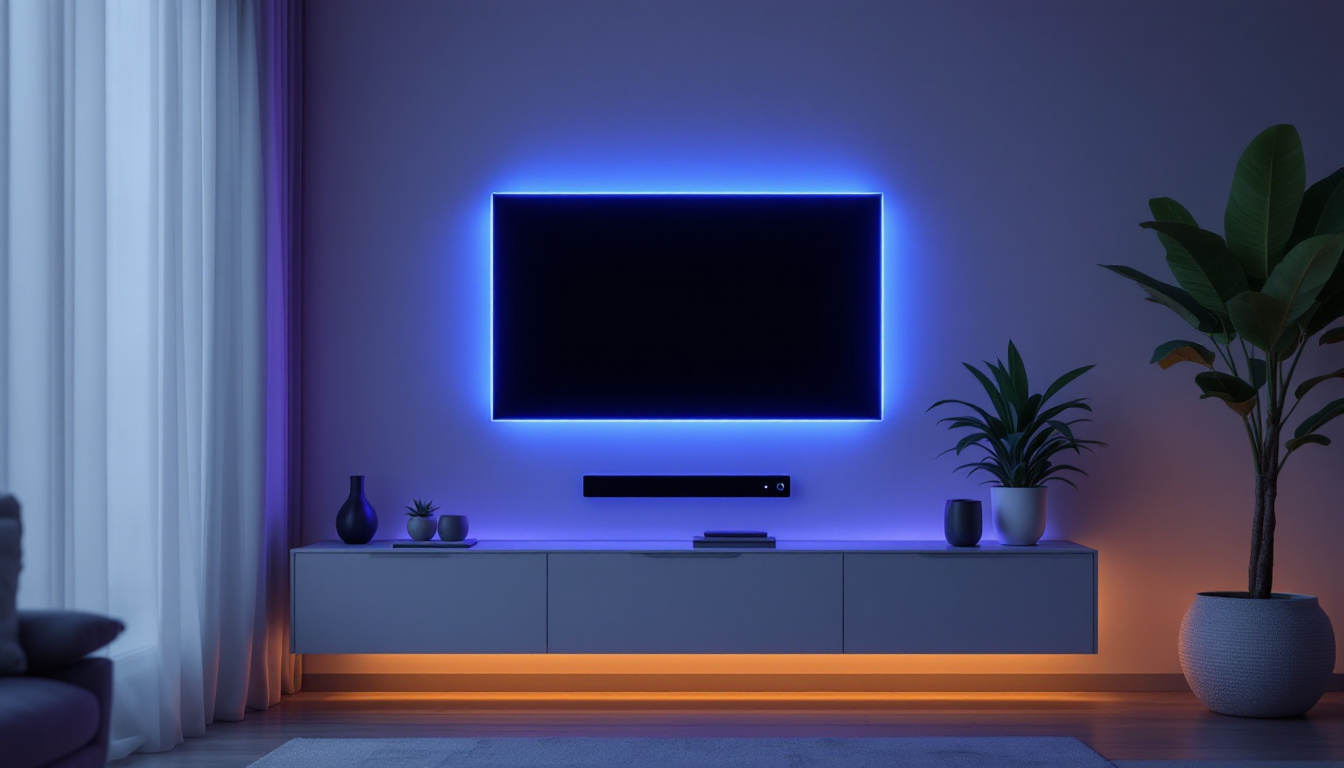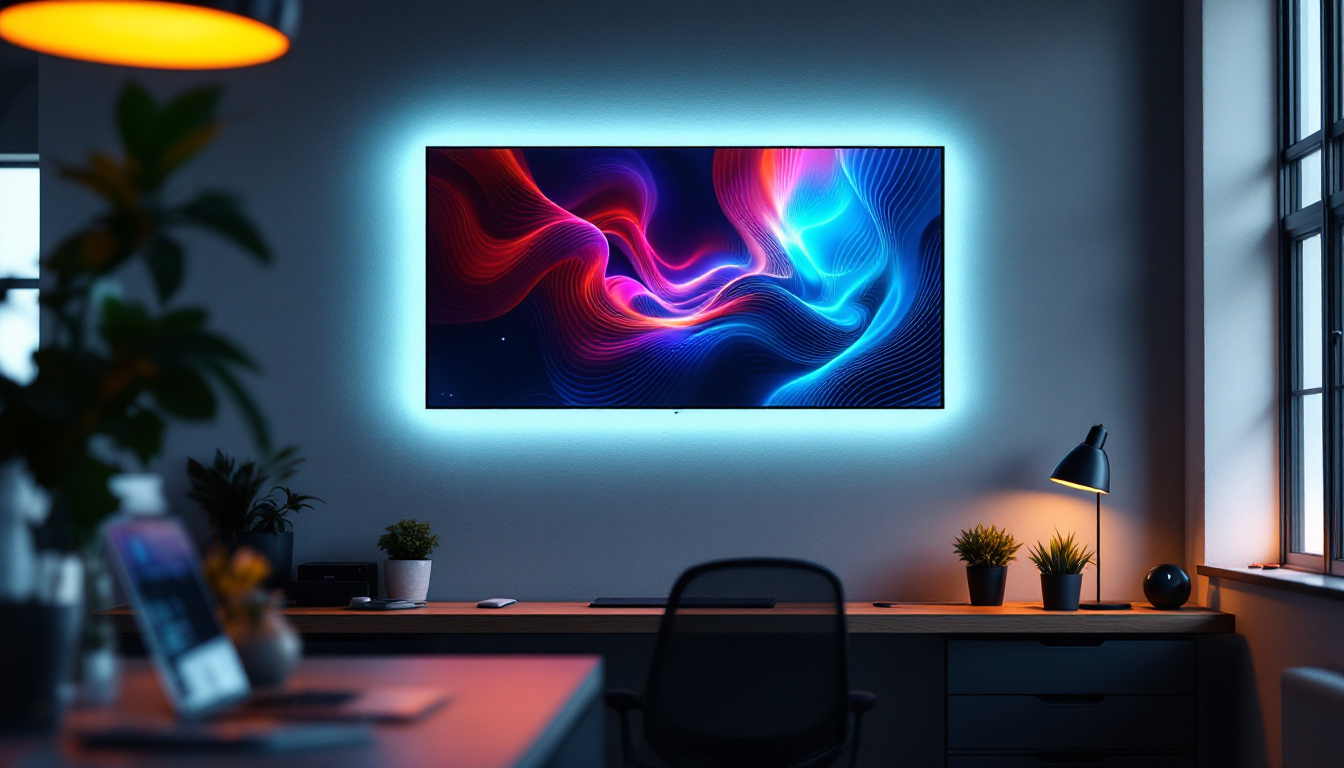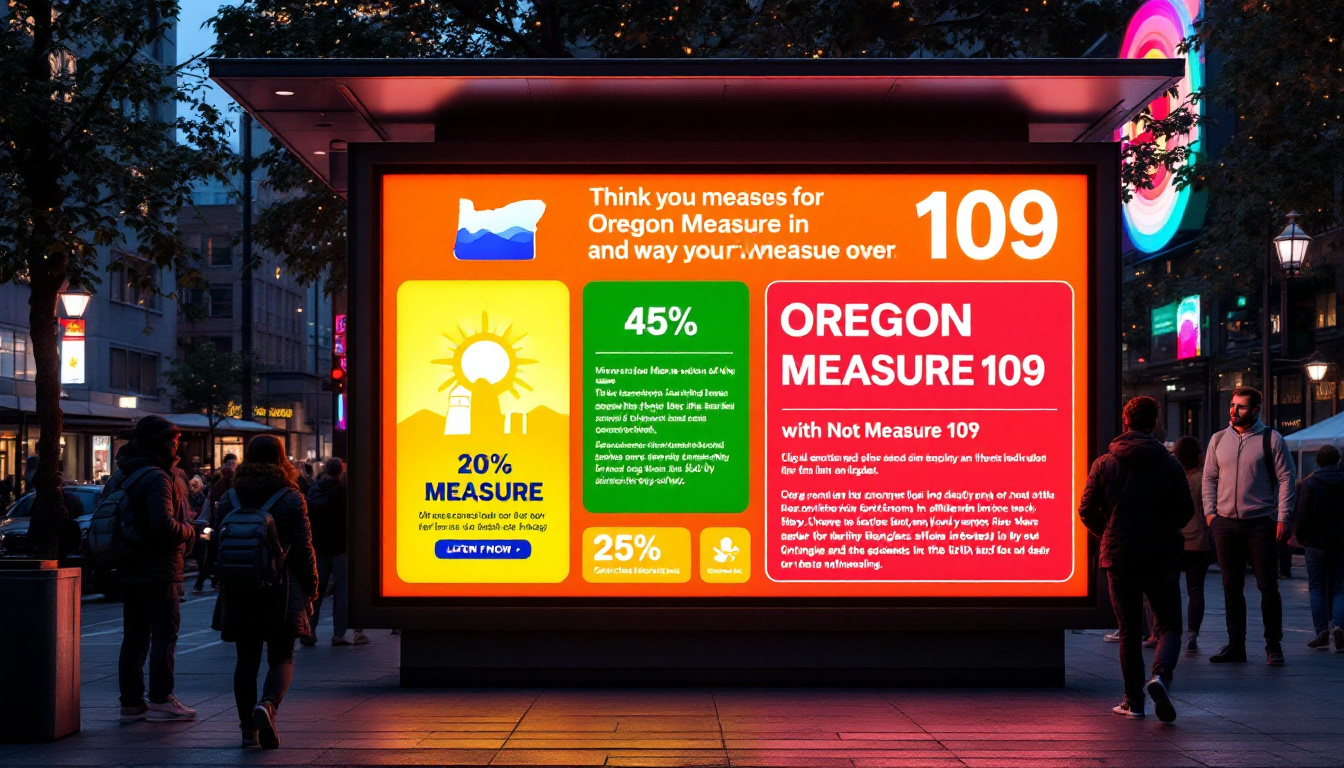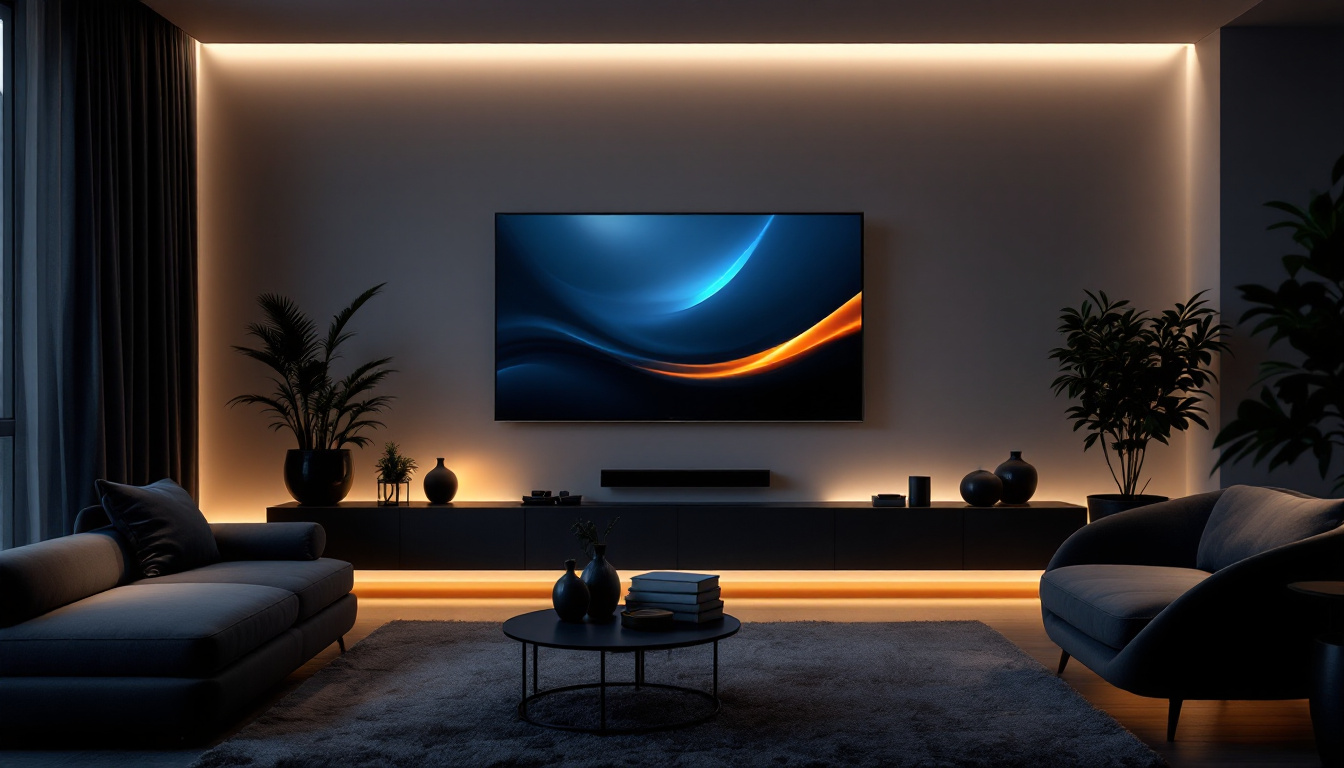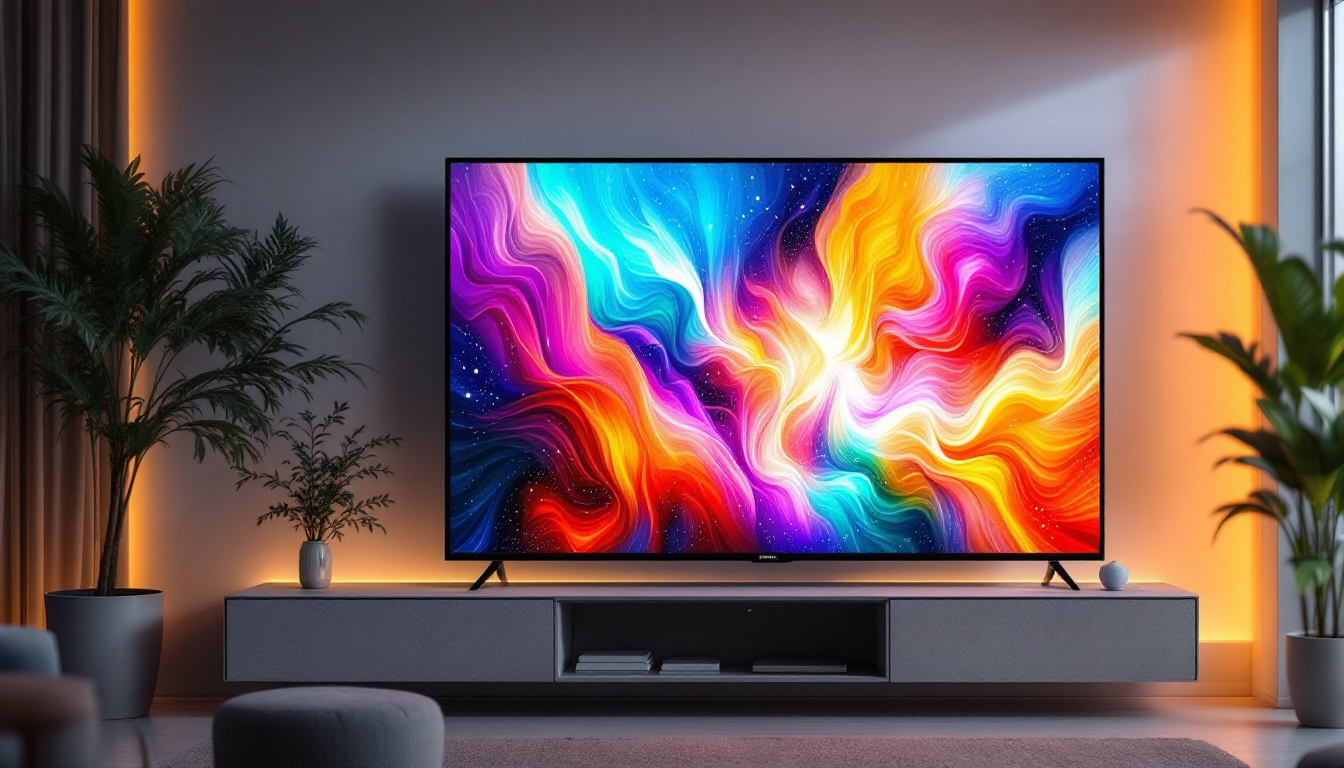In an era where technology continues to evolve at a rapid pace, understanding the specifications of electronic devices is crucial. One such specification that often confuses consumers is the diagonal measurement of screens, particularly in LED displays. This article will delve into the intricacies of diagonal calculators, specifically focusing on their application in LED displays. By the end, readers will have a clearer understanding of how to measure screen sizes and the significance of these measurements in purchasing decisions.
Understanding Diagonal Measurement
The diagonal measurement of a display refers to the length of the screen from one corner to the opposite corner. This measurement is crucial because it provides a standard way to compare the sizes of different screens, regardless of their aspect ratios. For instance, a 55-inch TV will have a diagonal measurement of 55 inches, but the actual width and height may vary depending on the aspect ratio. This standardized measurement helps consumers make informed decisions when selecting a display that fits their space and viewing preferences.
Additionally, the diagonal measurement is not just a number; it represents the visual real estate available for content. In a world where streaming services, video games, and high-definition content are prevalent, having a larger diagonal measurement can enhance the viewing experience by providing a more immersive environment. Whether you’re watching a blockbuster movie or playing the latest video game, the size of the screen can significantly impact how you perceive the action unfolding before you.
Aspect Ratios and Their Impact
Aspect ratio is the ratio of the width to the height of a screen. Common aspect ratios for LED displays include 16:9, 4:3, and 21:9. The most prevalent aspect ratio in modern televisions and monitors is 16:9, which is ideal for watching movies and playing video games. Understanding the aspect ratio is essential when calculating the diagonal size, as it influences the overall dimensions of the display. The aspect ratio also plays a vital role in how content is presented; for example, a 16:9 screen will fill the frame of most contemporary films, while a 4:3 screen may result in letterboxing or cropping of the image.
For example, two displays may have the same diagonal measurement but differ in aspect ratio. A 55-inch TV with a 16:9 aspect ratio will have different width and height measurements compared to a 55-inch monitor with a 4:3 aspect ratio. This difference can affect the viewing experience, especially in applications like gaming or graphic design. Gamers often prefer wider screens, such as those with a 21:9 aspect ratio, as they provide a broader field of view, enhancing the sense of immersion and allowing for better situational awareness in fast-paced games. Similarly, graphic designers may choose specific aspect ratios to align with industry standards, ensuring their work is displayed accurately across various platforms.
Calculating Diagonal Size
To calculate the diagonal size of a display, one can use the Pythagorean theorem. This theorem states that in a right triangle, the square of the hypotenuse (the diagonal in this case) is equal to the sum of the squares of the other two sides (width and height). The formula can be expressed as:
Diagonal² = Width² + Height²For practical purposes, if the width and height of a display are known, one can simply plug those values into the formula to find the diagonal size. Conversely, if the diagonal size and aspect ratio are known, it is possible to derive the width and height using the following formulas:
Width = Diagonal / √(Aspect Ratio² + 1)Height = Width / Aspect RatioThese calculations are particularly useful for consumers looking to fit a new display into a specific space, such as a living room or office. By understanding how to manipulate these formulas, one can determine the best fit for their needs while ensuring that the display’s proportions align with their intended use. Additionally, knowing how to calculate these dimensions can aid in selecting the right mounting hardware or furniture, ensuring that the display is both functional and aesthetically pleasing in its environment.
The Role of Diagonal Calculators
Diagonal calculators are tools designed to simplify the process of calculating the diagonal size of displays. These calculators can be found online or as applications, allowing users to input specific measurements and receive instant results. They are particularly useful for consumers looking to purchase new displays, as they can quickly determine the best fit for their space.
Features of Diagonal Calculators
Most diagonal calculators come equipped with user-friendly interfaces that allow for easy input of measurements. Users typically need to enter the width and height of the display or the diagonal size and aspect ratio. Some calculators even provide additional features, such as:
- Conversion Options: Many calculators offer the ability to convert measurements between different units, such as inches and centimeters.
- Aspect Ratio Selection: Users can choose from a variety of aspect ratios to see how they affect the overall dimensions of the display.
- Comparison Tools: Some advanced calculators allow users to compare multiple displays side by side, making it easier to make informed purchasing decisions.
Benefits of Using Diagonal Calculators
Using a diagonal calculator can save time and reduce the potential for errors in measurement. This is especially important for consumers who may not be familiar with the mathematics behind screen sizes. Additionally, these calculators can help users visualize how different sizes will fit within their intended space, ensuring that they make the best choice for their needs.
Moreover, diagonal calculators can assist in understanding the relationship between screen size and viewing distance. For instance, a larger screen may require a greater viewing distance to ensure an optimal experience, particularly for high-definition content.
LED Display Technology
LED displays have become the standard in modern televisions and monitors due to their superior picture quality, energy efficiency, and slim designs. Understanding the technology behind LED displays can help consumers make more informed decisions when purchasing a new screen.
How LED Displays Work
LED stands for Light Emitting Diode, and these displays utilize a series of tiny diodes to create images. Unlike traditional LCD screens that rely on backlighting, LED displays use individual diodes that emit light directly. This allows for greater contrast ratios, more vibrant colors, and improved energy efficiency.
There are two main types of LED displays: edge-lit and full-array. Edge-lit displays have LEDs placed around the perimeter of the screen, while full-array displays have a grid of LEDs behind the entire screen. Full-array displays typically offer better picture quality due to their ability to control local dimming, resulting in deeper blacks and brighter highlights.
Benefits of LED Displays
LED displays offer numerous advantages over traditional display technologies. Some of the key benefits include:
- Energy Efficiency: LED displays consume less power than older technologies, making them more environmentally friendly and cost-effective in the long run.
- Thin and Lightweight: The slim design of LED displays allows for easy mounting and placement in various environments.
- High Brightness Levels: LED displays can achieve higher brightness levels, making them suitable for viewing in well-lit rooms.
- Longevity: LED technology has a longer lifespan compared to traditional displays, reducing the need for frequent replacements.
Choosing the Right Display Size
When selecting a new LED display, the size is a critical factor that can significantly impact the viewing experience. Understanding how to choose the right size based on viewing distance and room layout is essential for making an informed decision.
Viewing Distance Guidelines
The ideal viewing distance for a display varies depending on its size and resolution. For standard HD displays, a general rule of thumb is to sit at a distance of 1.5 to 2.5 times the diagonal size of the screen. For 4K Ultra HD displays, the distance can be reduced to 1 to 1.5 times the diagonal size due to the higher pixel density.
For example, if a viewer is considering a 55-inch 4K TV, the optimal viewing distance would be between 55 inches (4.6 feet) and 82.5 inches (6.9 feet). This guideline helps ensure that viewers can enjoy the full benefits of the display’s resolution without straining their eyes.
Room Layout Considerations
The layout of the room where the display will be placed also plays a significant role in determining the appropriate size. Factors such as wall space, furniture arrangement, and the intended use of the display should all be taken into account. For instance, a larger screen may be suitable for a spacious living room, while a smaller screen may be more appropriate for a bedroom or office.
Additionally, the height at which the display is mounted can influence the viewing experience. Ideally, the center of the screen should be at eye level when seated, ensuring comfortable viewing angles and reducing neck strain.
Conclusion
In conclusion, understanding the diagonal measurement of LED displays is essential for making informed purchasing decisions. Diagonal calculators serve as valuable tools in this process, simplifying the calculations and providing clarity on how different sizes will fit within a given space. With the rise of LED technology, consumers can enjoy superior picture quality and energy efficiency, making it an excellent choice for any setting.
As technology continues to advance, staying informed about display specifications and features will empower consumers to select the best options for their needs. Whether for gaming, watching movies, or professional use, the right LED display can enhance the overall experience and satisfaction.
Ultimately, the diagonal measurement is just one piece of the puzzle. By considering factors such as aspect ratio, viewing distance, and room layout, consumers can ensure they choose the perfect display for their environment. With the right tools and knowledge, navigating the world of LED displays becomes a much more manageable task.
Explore Cutting-Edge LED Displays with LumenMatrix
Ready to elevate your visual experience with the latest in LED display technology? LumenMatrix offers a comprehensive range of innovative LED display solutions tailored to meet your specific needs. From captivating Indoor and Outdoor LED Wall Displays to dynamic Vehicle and Sports LED Displays, our products are designed to enhance brand visibility and engage your audience. Discover the transformative power of LED displays and find the perfect fit for any environment, whether it’s for professional use, entertainment, or advertising. Check out LumenMatrix LED Display Solutions today and step into the future of visual communication.






